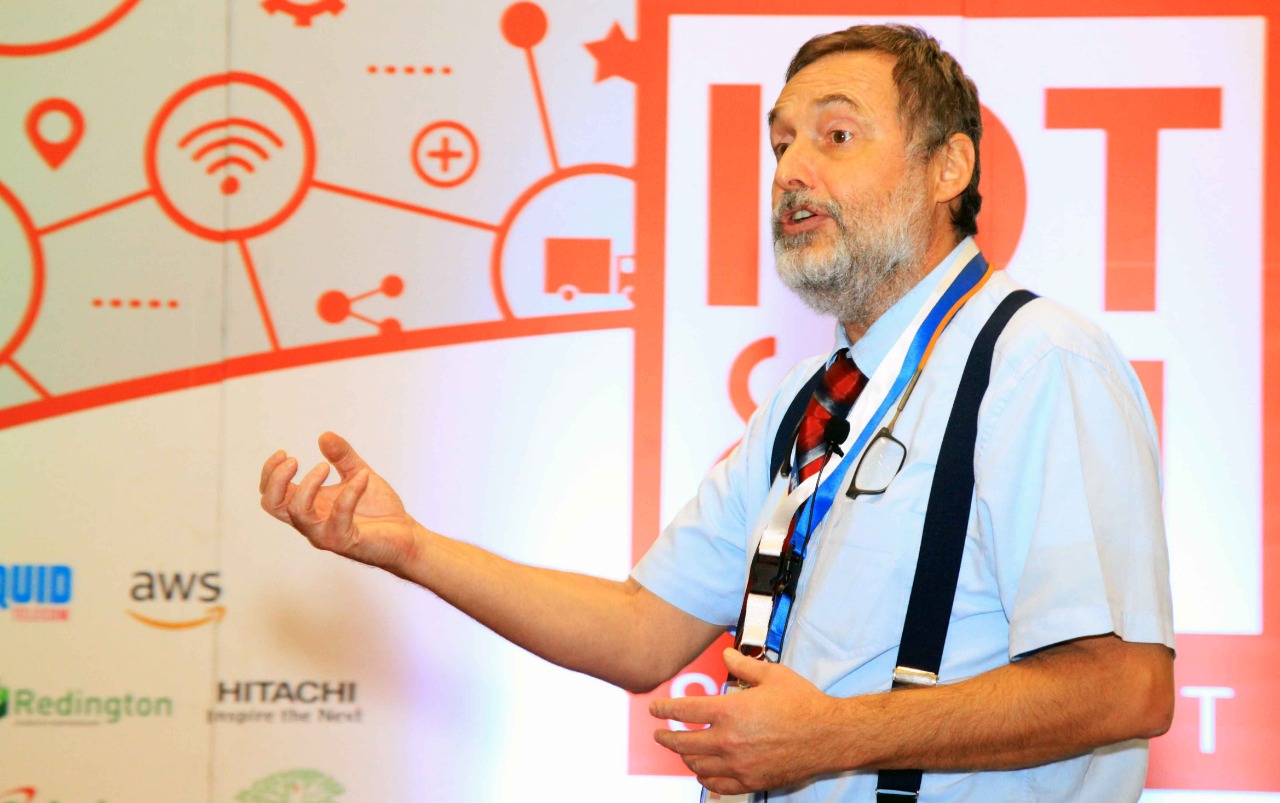advertisement
Smart distribution as a self-healing optimised grid
Distribution systems have evolved from manually operated radial systems to digitised smart distribution technologies with increasing customer owned generation and…

Distribution systems have evolved from manually operated radial systems to digitised smart distribution technologies with increasing customer owned generation and embedded intelligence said Reha Yurdakul CTA Leader IBM Research during the IoT & AI Summit in Nairobi.
According to Yurdakul, smart distribution is a fully controllable and flexible system with embedded intelligence from substation to meter. It enables the distribution system to be a self-healing and optimised grid that provides revenue protection from theft, asset management and more value. In addition it leads to justification of utilising the technology.
“To reach smart distribution, a utility must remotely monitor, manage and control the distribution circuits in real-time from the substation to the end of line,” said Yurdakul.
advertisement
The level of automation and control integration of distribution grid depends mainly on aspects that range from comprehensive monitoring capabilities, flexible control capabilities, and optimise operational capability. This is equally enhanced by operation and maintenance management capability as well as self-healing capacity of a feeder.
As a self-healing optimized grid, this technology has created a more reliable network that is less dependent on traditional, unintelligent distribution equipment. Consequently, this requires a robust IT and communications infrastructure, to monitor, report and control the reconfiguration process of the distribution network.
Utilities will progress toward smart distribution by implementing sensors, monitoring devices and other automation equipment throughout the distribution system. Merging software and hardware will provide the benefits that utilities need to move the electric distribution grid into the future. All utilities whether cooperative, municipalities or investor-owned will face challenges in creating an optimised and self-healing grid as energy consumption increases.
advertisement
Many of today’s electric grids are designed with multiple sources of power generation located throughout them, allowing systems that can reconfigure and reroute power to minimise service disruptions and outages. When a fault occurs, re-closers automatically locate the fault, disconnect power at that point to isolate it and then report it.
The smart distribution system uses algorithm-based control commands to source electricity from an alternative power generation source and adjust loads at substations and capacitor banks, while the switch gear reroutes the power to areas around the fault location.
The software intensive control centres can make decisions, precisely dispatch maintenance crews and restore power to many periphery customers in minutes, depending on the severity and size of the service area. Smart distribution systems not only allow end-users to maintain their productivity, but they also allow utilities to save millions of lost revenue.